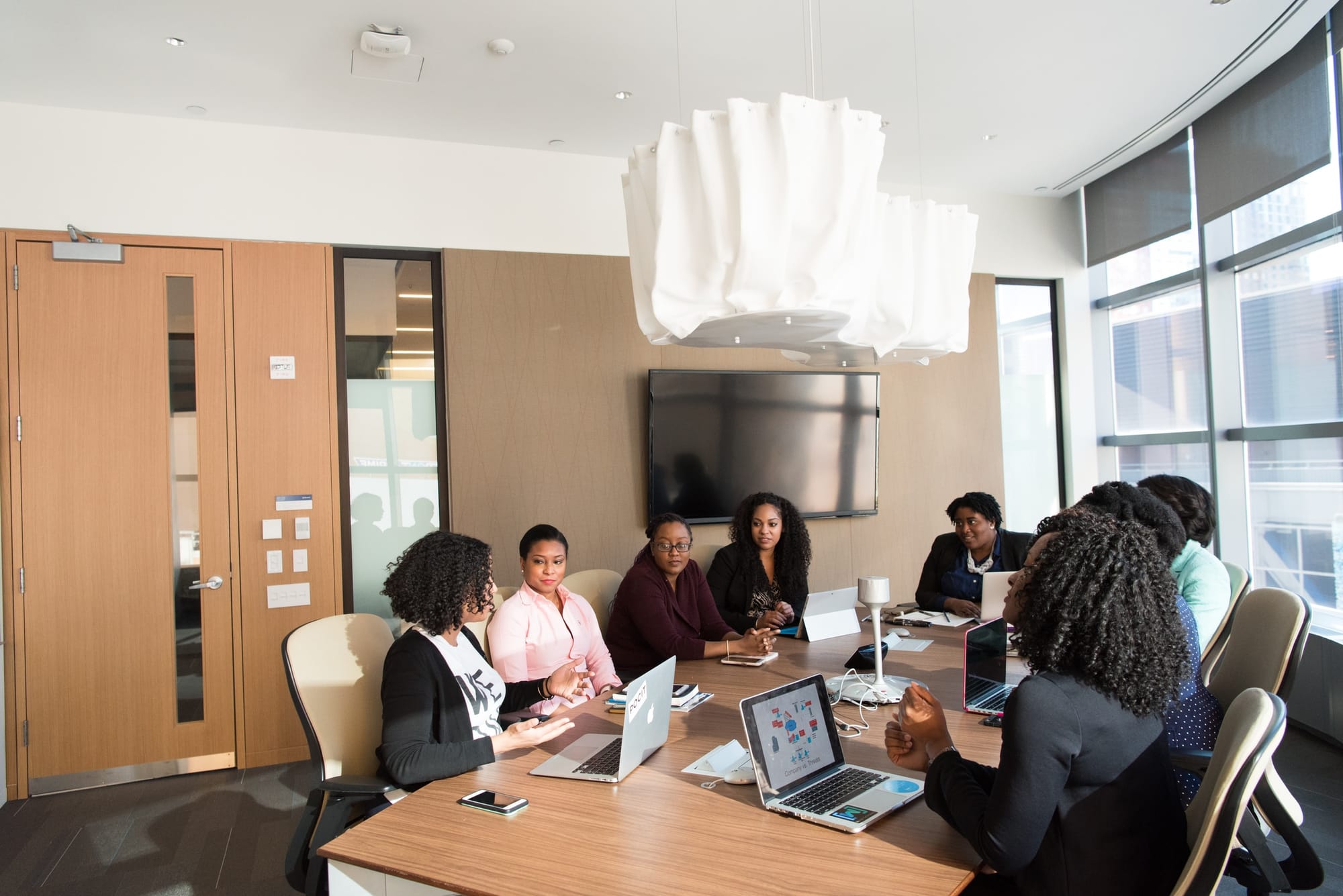Creditors and meetings

There are four types of meetings in the administration of an insolvent estate, namely: the first and second meetings which are held in each estate unless the sequestration order is set aside; and special and general meetings which are held when necessary. The general aim of meetings is to prove claims; nominate a trustee; receive the report by the trustee; give directions to the trustee; interrogate the insolvent and other persons and to consider an offer of composition by the insolvent. Creditors can prove claims against the estate at either the first or second meetings of creditors.1 The trustee is elected at the first meeting.
At the second meeting the trustee is required to report on the affairs and condition of the estate. The creditors are also entitled to give directions to the trustee in connection with the administration of the estate at the second meeting
The trustee is also empowered, and in certain circumstances obliged, to convene general meetings of creditors (in the manner in which the second meeting is convened) for the purpose of receiving directions concerning any matter relating to the administration of the estate;6 the trustee is obliged to convene a general meeting if he is required to do so by the Master or by a creditor or creditors representing one-fourth of the value of all the claims proved against the estate.7 Special meetings of creditors must be convened by the trustee (by notice in the Government Gazette) for the purpose of proof of claims whenever he is required to do so by any interested person, provided that such person tenders to the trustee payment of all expenses to be incurred in connection with any such meeting.


